Quick intro to
Disease Ecology
Epidemiology
population biology and dynamics of human diseases (infectious and non-infectious)
For our purposes, population dynamics of ALL infectious disease
Epidemiology's Goal:
To FORECAST and PREVENT disease-induced mortality and morbidity at the population level
Need to understand mechanisms underlying disease patterns
Pathogen dynamics
Changes in abundance (and effects) of pathogens through space and time
Example: Two Saiga die-offs
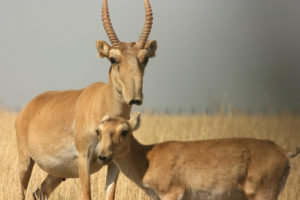
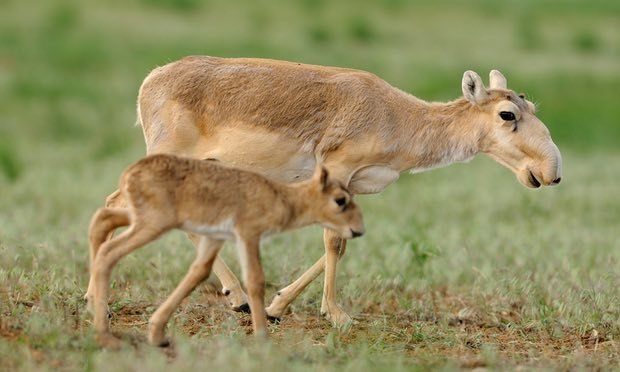
Event 1: 2015 calving season die-off
Event 2: transmission of
Peste des petits ruminants
(on-going)
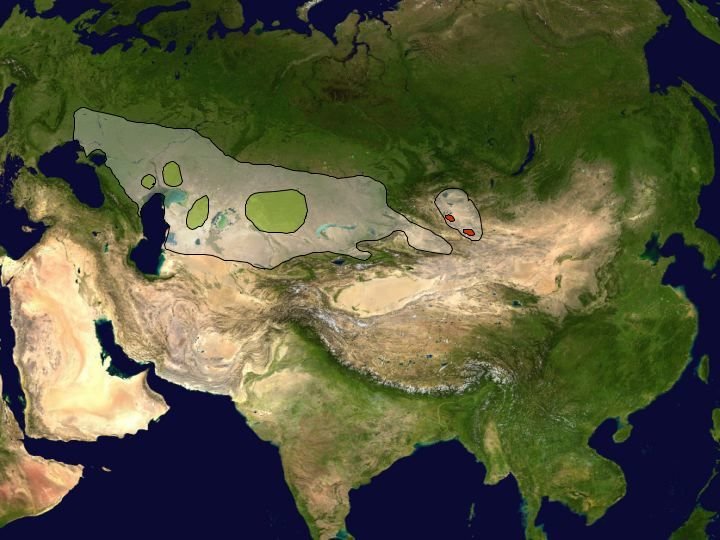
Calving season die-off in Kazakhstan

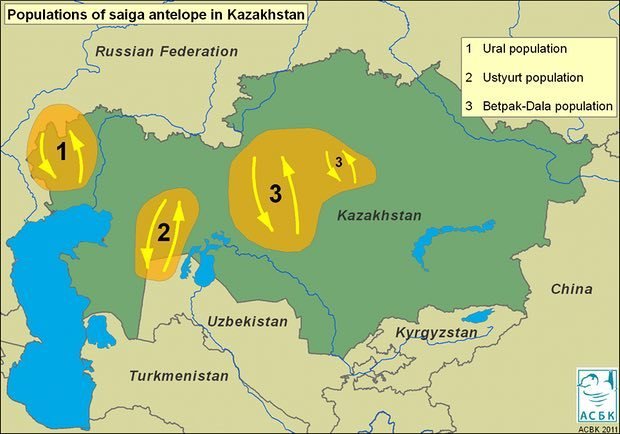
- Mortalities up to 100% of herds
- REALLY fast (~three weeks)
- Distinct timing in each herd
Pasteurella multocida
PPR in Mongolia

- Sustained poor recruitment
- Smaller die-offs
- Along migration coorridor
Peste des petits ruminants
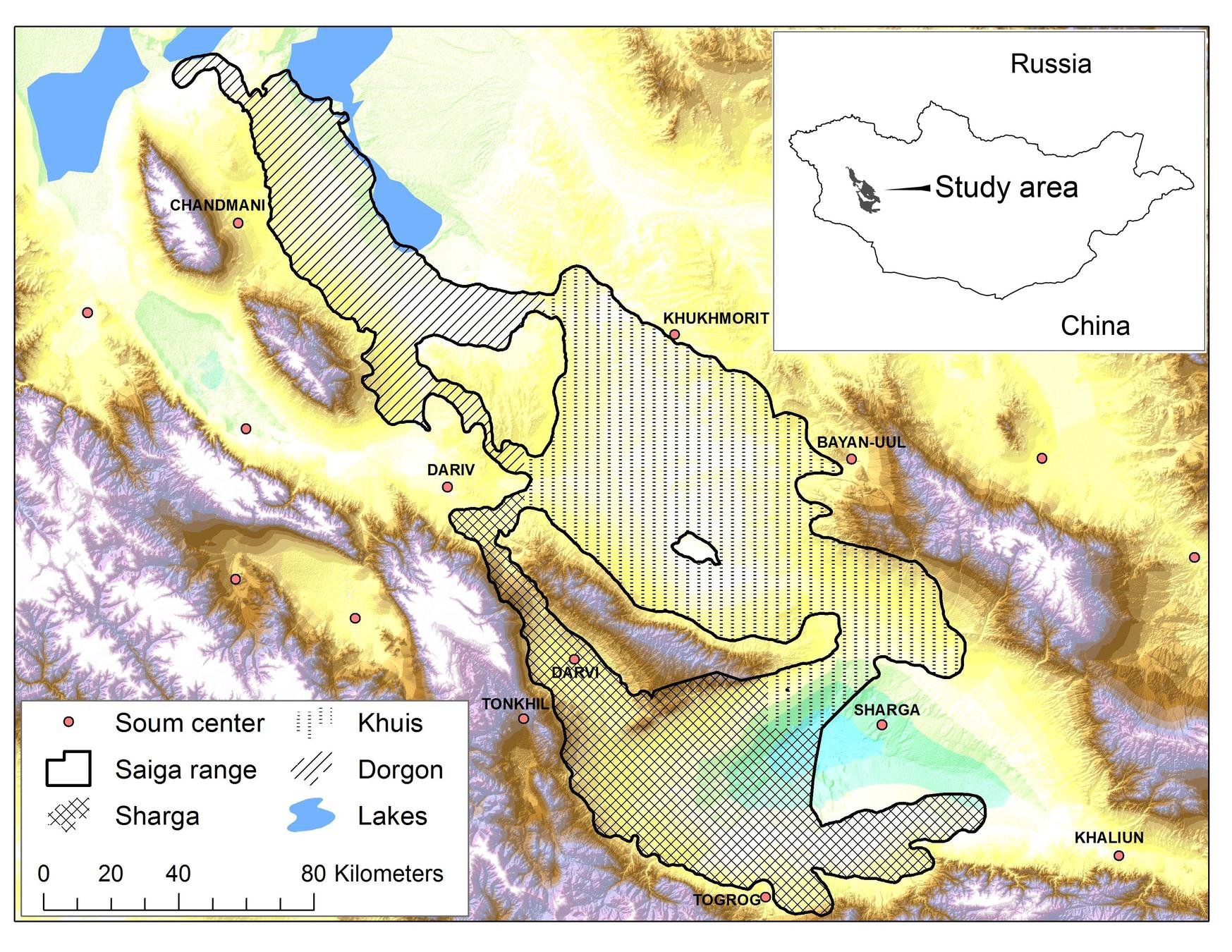
Example: Two Saiga die-offs



Event 1: 2015 calving season die-off
Event 2: transmission of
Peste des petits ruminants
(on-going)

Toxin interacting with commensal
Invasion of an emerging agent
Parasite dynamics
Changes in abundance (and effects) of parasites through space and time
PPR
Pasteurella multocida
(top down/bottom up figure!!)
Definitions
Epidemic: rapid rise in the prevalence of infection [to humans]
Epidemic curve: Time series of infected cases through time
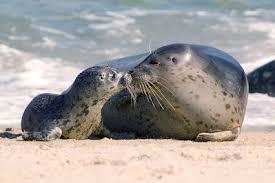

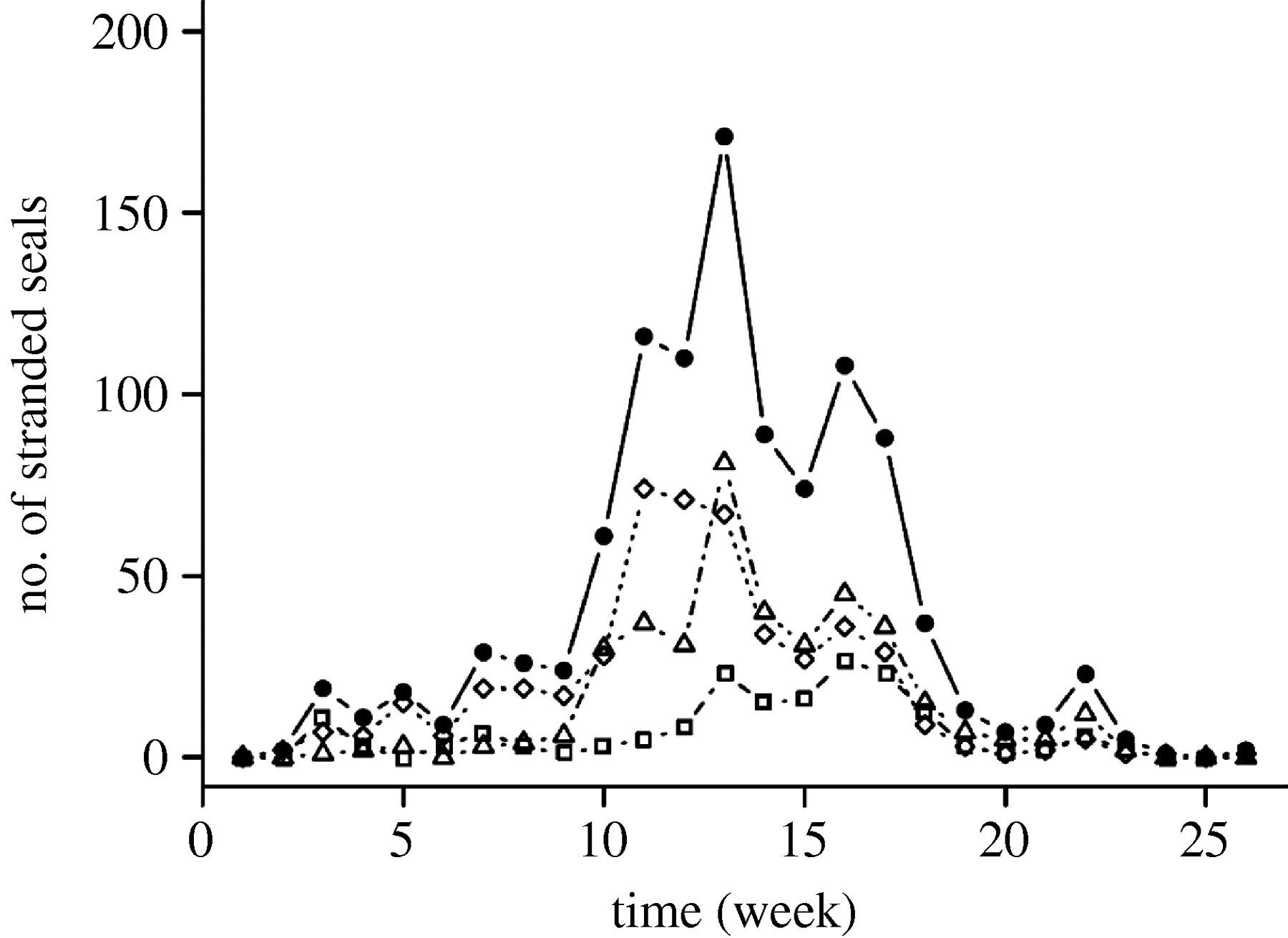
Epidemic curve example
Phocine Distemper Virus in Harbour Seals
Klepac et al. 2008 PRSB
Estimated proportion of Harbour Seal populations which died during 1988 Epidemic
Definitions
Prevalence: proportion of host population infected or showing disease symptoms
Incidence: rate of new cases or infections
Percent seropositive: % of population showing acquired immunity (usually through some antibody-based metric)

Infectious period: Time when infected individuals can transmit pathogen to susceptibles (may not be associated with symptoms

Latent period: time from point of infection to shedding
Incubation period: time from infection to appearance of symptoms
Key drivers
Pathogen
Host
Environment
Individual level
Population level
Pathogen
Host
Environment
Pathogen
Host
Environment
Pathogen features
Pathogenicity: pathogen's ability to cause disease in the host
Virulence: magnitude of disease caused
Environmental persistence: ability of pathogen to survive outside the host
Host features
Immunity: host's ability to combat infection or disease due to presence of antibodies or other activated immune cells
Behavior: how do hosts move and interact with one another
Environmental context
Determines pathogen growth/survival
Determines host aggregation
Determines host susceptiblity
Pathogen
Host
Environment
Tropism
Immune efficacy
Environmental persistence
Immunopathology
Host
condition
Host
movements
Plasticity
Evolutionary potential
Epidemiological models
Individual level
Population level
Pathogen
Host
Environment
Pathogen
Host
Environment
Individual level
Population level
Pathogen
Host
Environment
Pathogen
Host
Environment
Pathogen
Host
Two Useful Comparisons
Pathogens as tiny predators
Hosts as islands
Pathogens as tiny predators
MacLulich, 1937
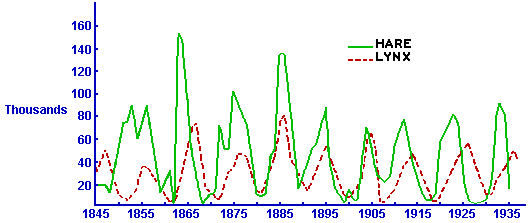
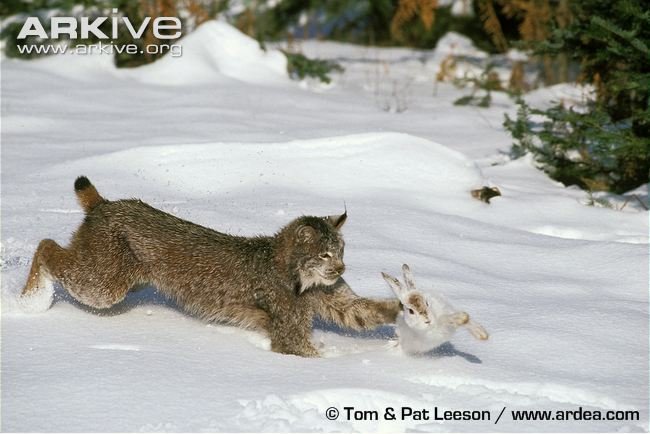
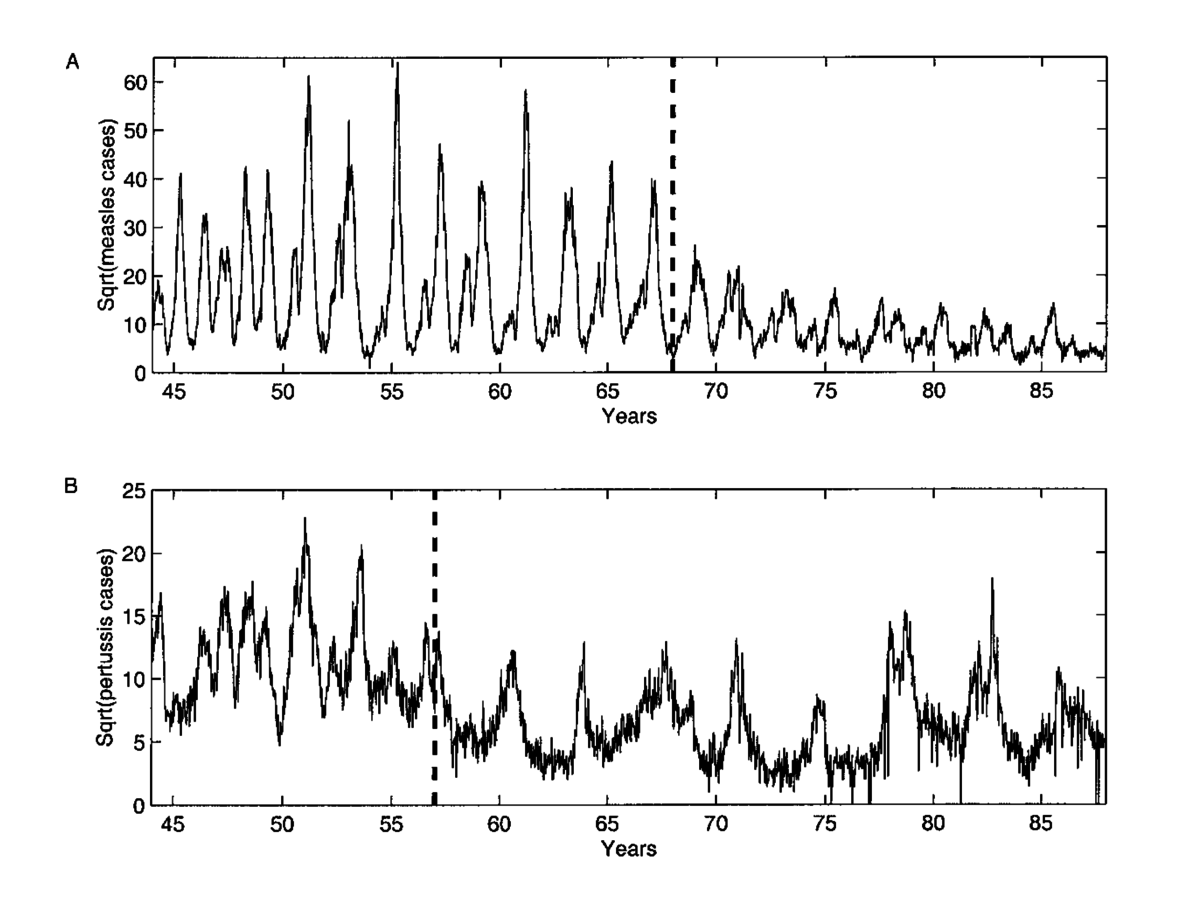
Some diseases also cycle

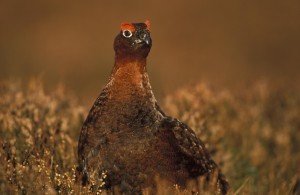
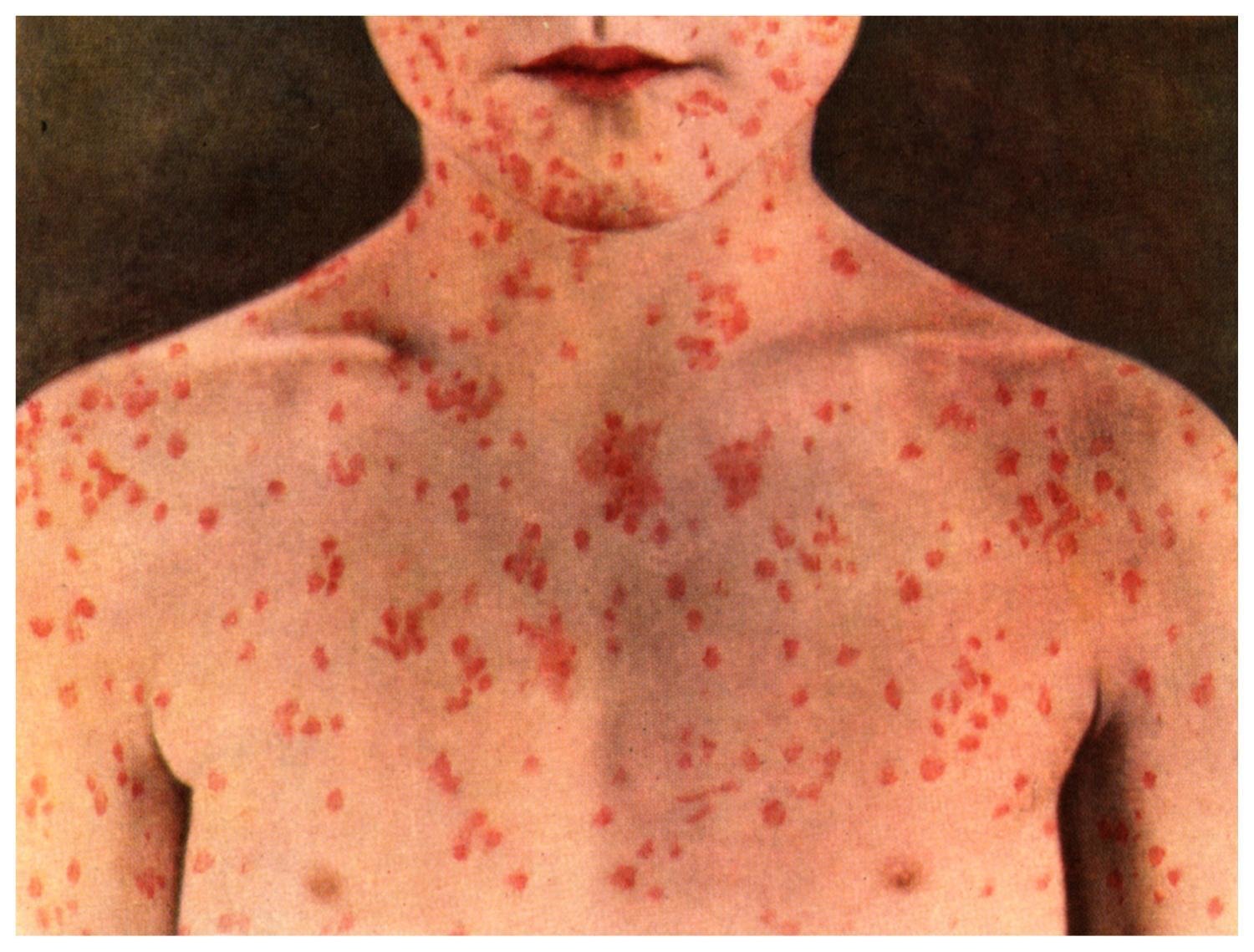
No vaccine
Vaccine
Predator-prey models
Prey
Predator
Predator deaths
Prey
births
Prey sparks predator growth
Predators kill prey
States
1. Prey pop size ("Prey")
2. Predator pop size ("Predator")
Transitions
1. Prey pop grows naturally
2. Prey sparks predator pop growth
3. Predator kills pres
Predator-prey models
Prey
Predator
Predator deaths
Prey
births
Prey sparks predator growth
Predators kill prey
States
1. Prey pop size ("Prey")
2. Predator pop size ("Predator")
Transitions
1. Prey pop grows naturally
2. Prey sparks predator pop growth
3. Predator kills pres
States
"changes in the"
Transitions
Hosts as "islands"
Insular (or "island") biogeography
Focal island
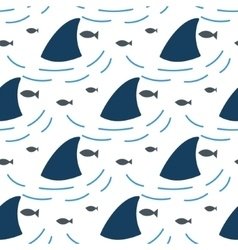



Immigration
Immigration
Island 2
Island 3
Local pop growth;
Local extinction
Emigration
Emigration
Island biogeography
2
3
1
States
Population sizes on each island
Transitions
1. Local population growth
2. Immigration
3. Emigration
4. Local extinction
States
Transitions
(local births)
(Immigration from elsewhere)
(emigration from here)
(local deaths)
Force of infection and clearance
2
3
1
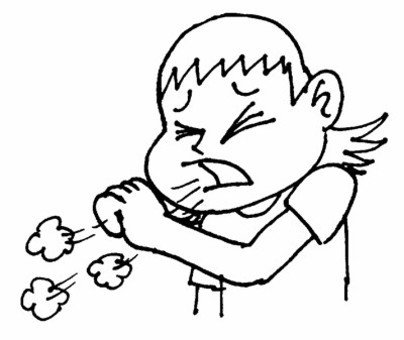

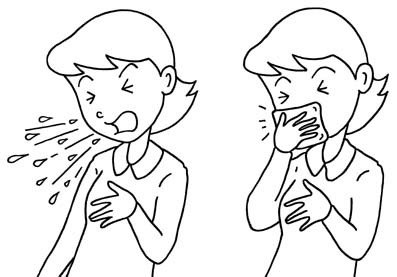
Force of infection
Force of infection
Clearance
Infected hosts are islands of tiny "predators" for susceptible "prey" host islands
Contact
Removal of host
Pathogen clearance
2
3
1

Susceptible
Infectious
Recovered
Host states
requires
"contact"
between
S and I
Disease-induced mortalities
Recovery
States
Transitions
1. Susceptible
2. Infectious
3. Recovered
1. Transmission from I to S
2. Disease-induced mortality
3. Recovery
Births
Comparing disease systems
S
I
R
Comparison is important.
S
I
R
Axes for comparison
Transmission vs. Treatment
Measles
S
I
R
2. Completely immunizing
3. Consistent infectious period
4. All people without history of infection are susceptible

No vaccine
Vaccine
5. Model validated through natural experiment
1. Droplet transmission
Measles vs. HIV
HIV
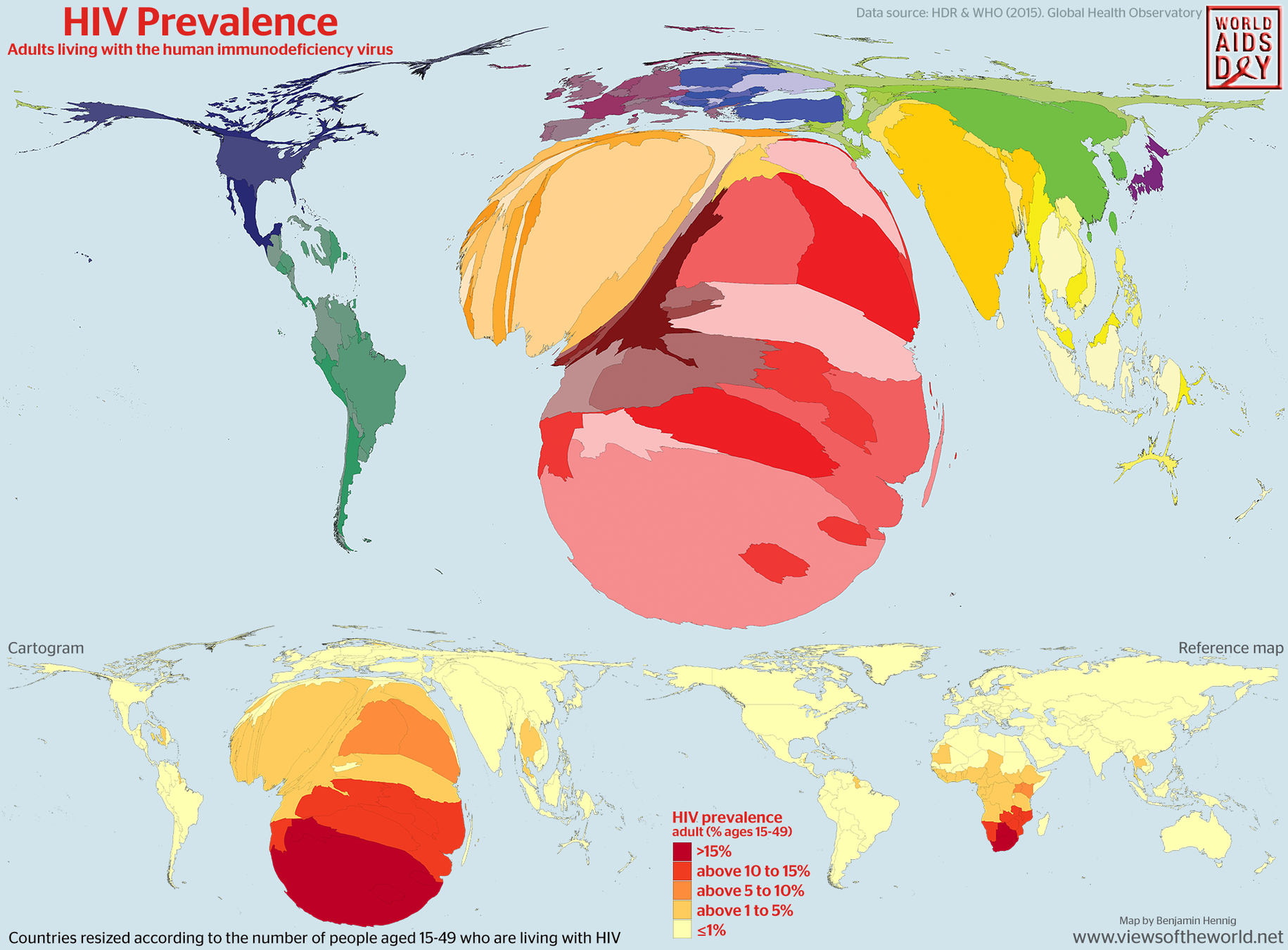
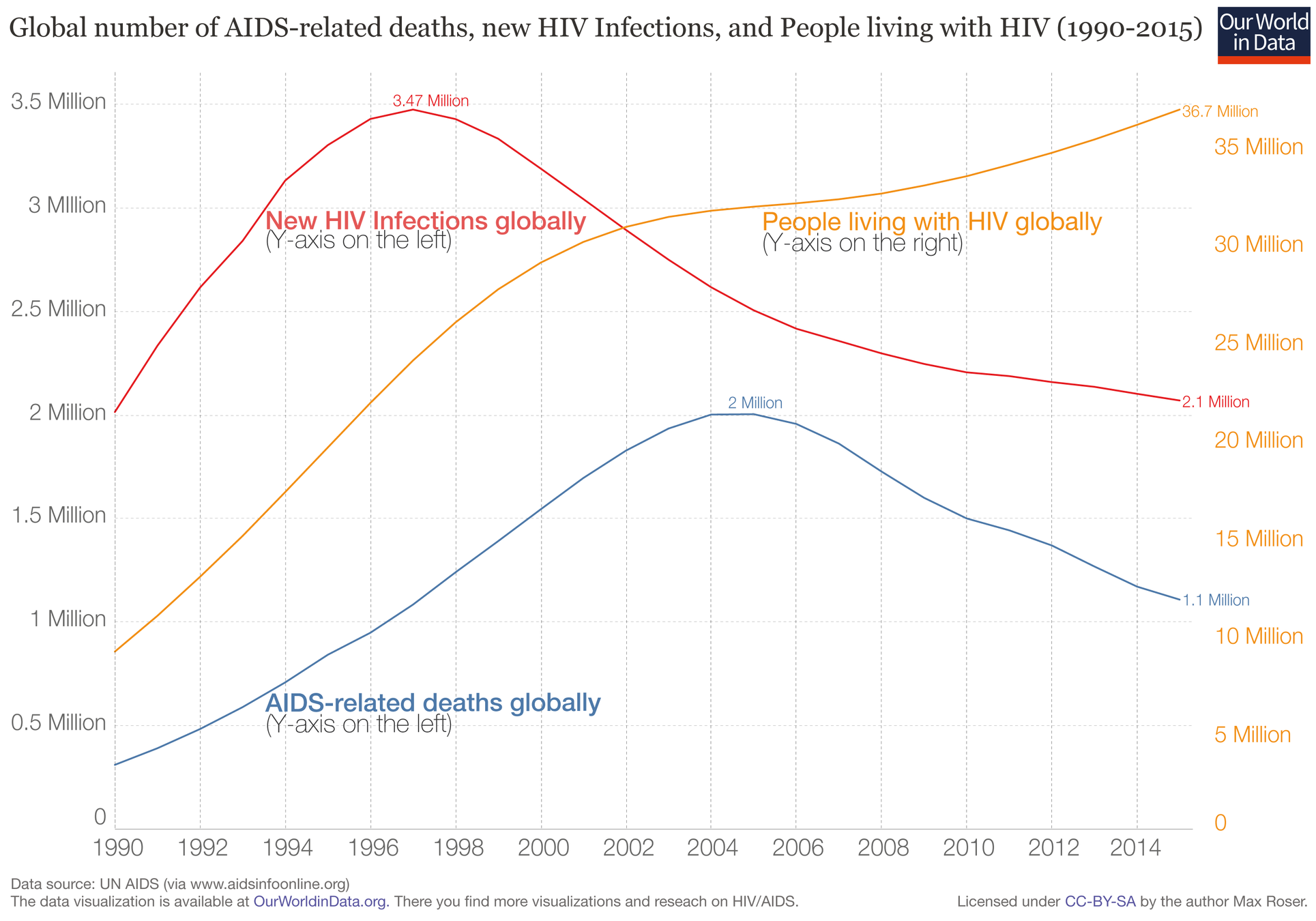
Measles vs. HIV
Mode of transmission
Sexual contacts
Infectious period/Exerted force
Recovery/ Acquired immunity
Does not depend on pop. density
Higher pop. density = more contacts
Density-dependent ("DD") transmission
Frequency-dependent ("FD") transmission
vs.
Aerosolized droplets
S
I
R
S
I
Measles
HIV
Measles/HIV vs.
Malaria
Malaria
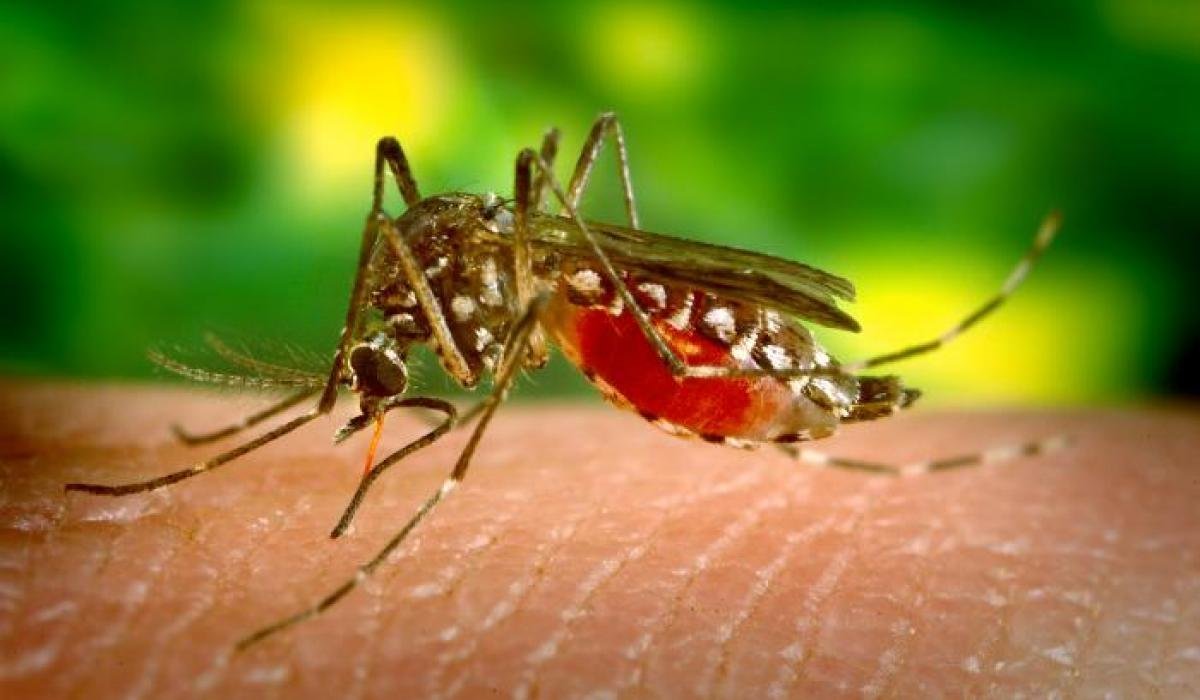
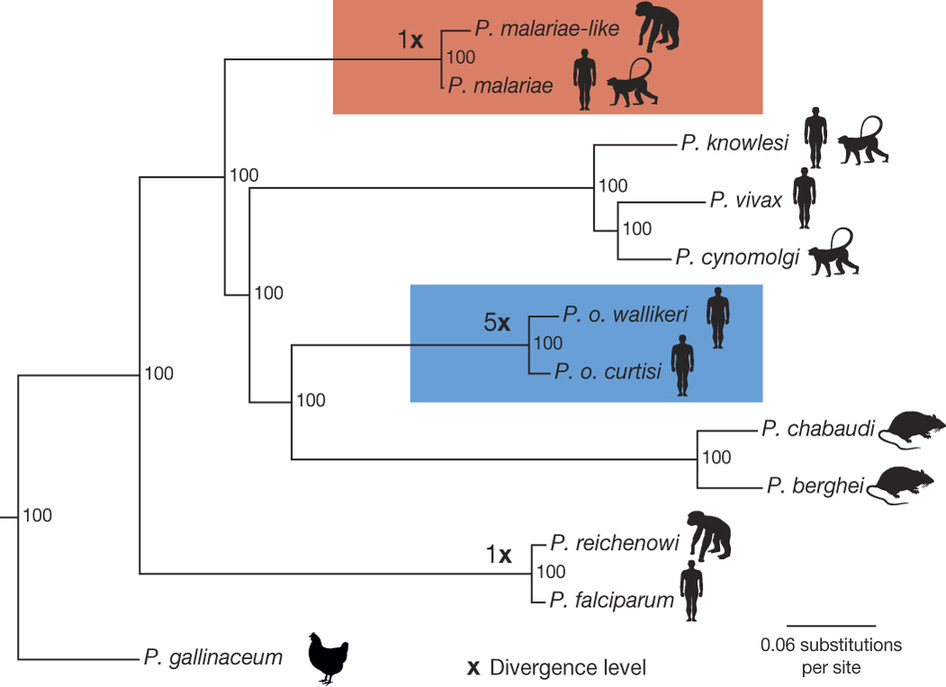
Plasmodium tree,
Rutledge et al. Nature, 2017

Anopheles

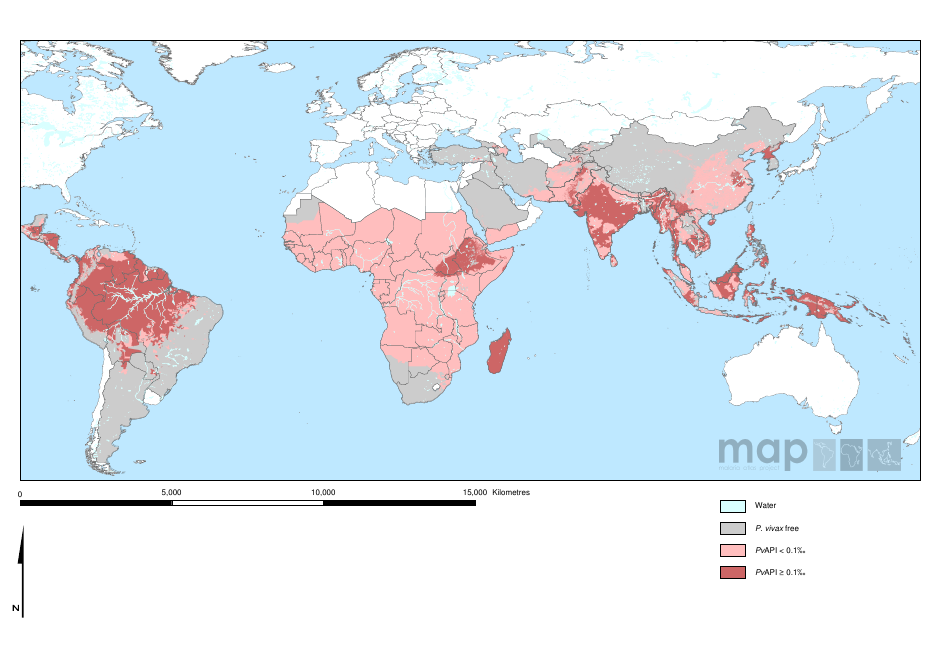
Plasmodium falciparum
Plasmodium vivax
Measles/HIV vs. Malaria
Vectors!
Mode of transmission
Pathogen's life-history
Multiple relevant strains/Species
Environmental constraints
S
I
R
Measles
S
I
R
Malaria
(Vertebrate)
S
I
(Vector)
Measles vs.
Chronic Wasting Disease or Anthrax
Chronic Wasting Disease
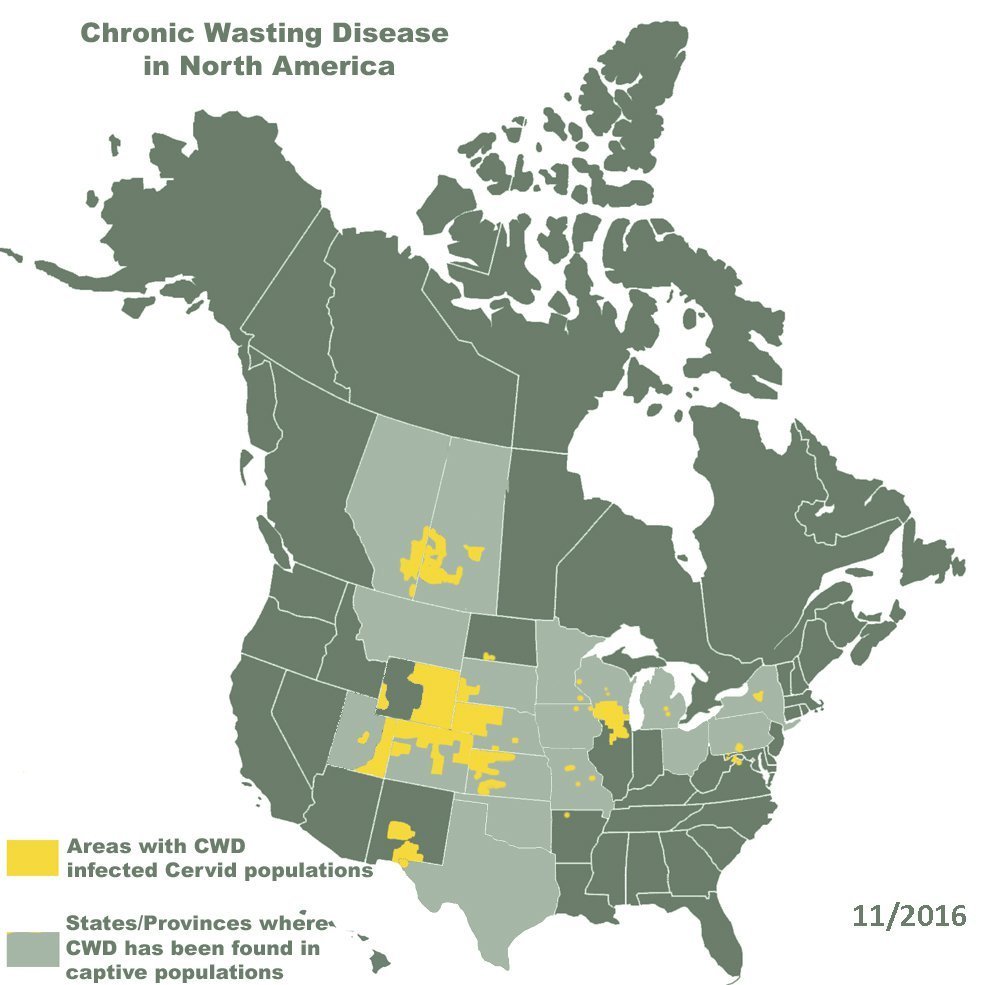
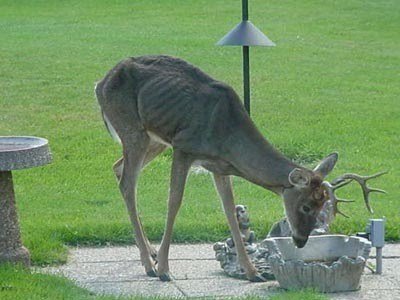
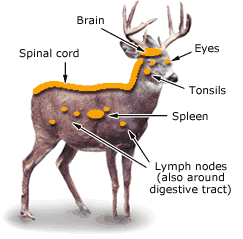
Anthrax (Bacillus anthracis)
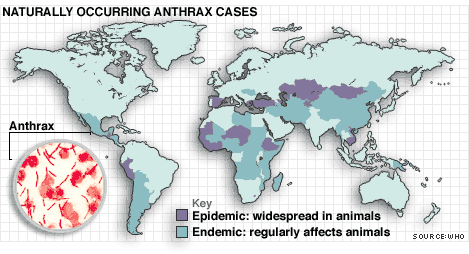
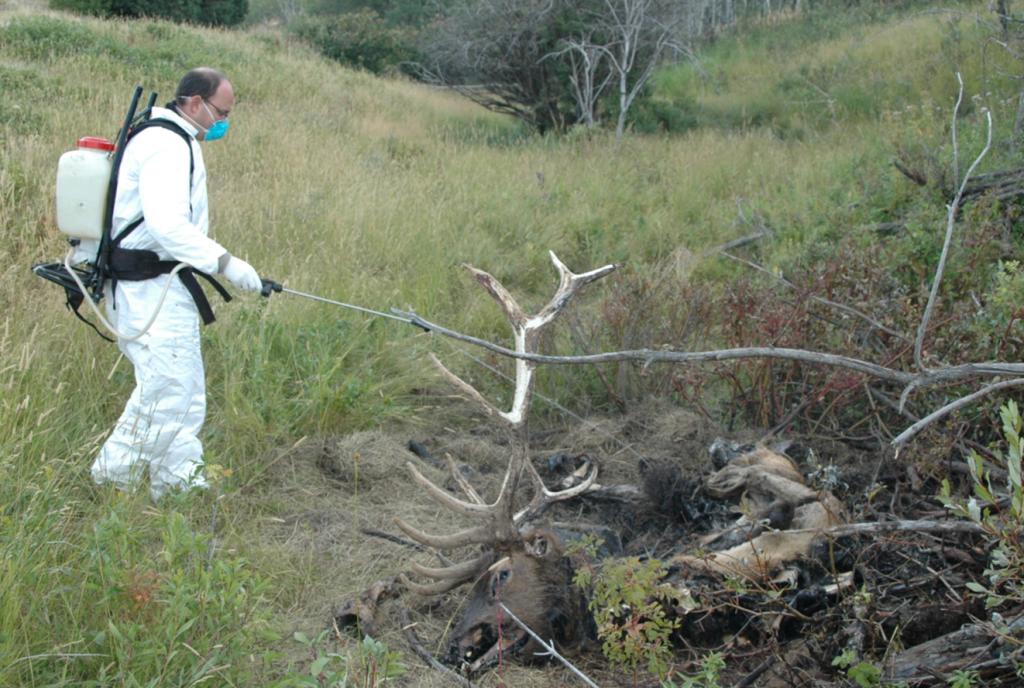
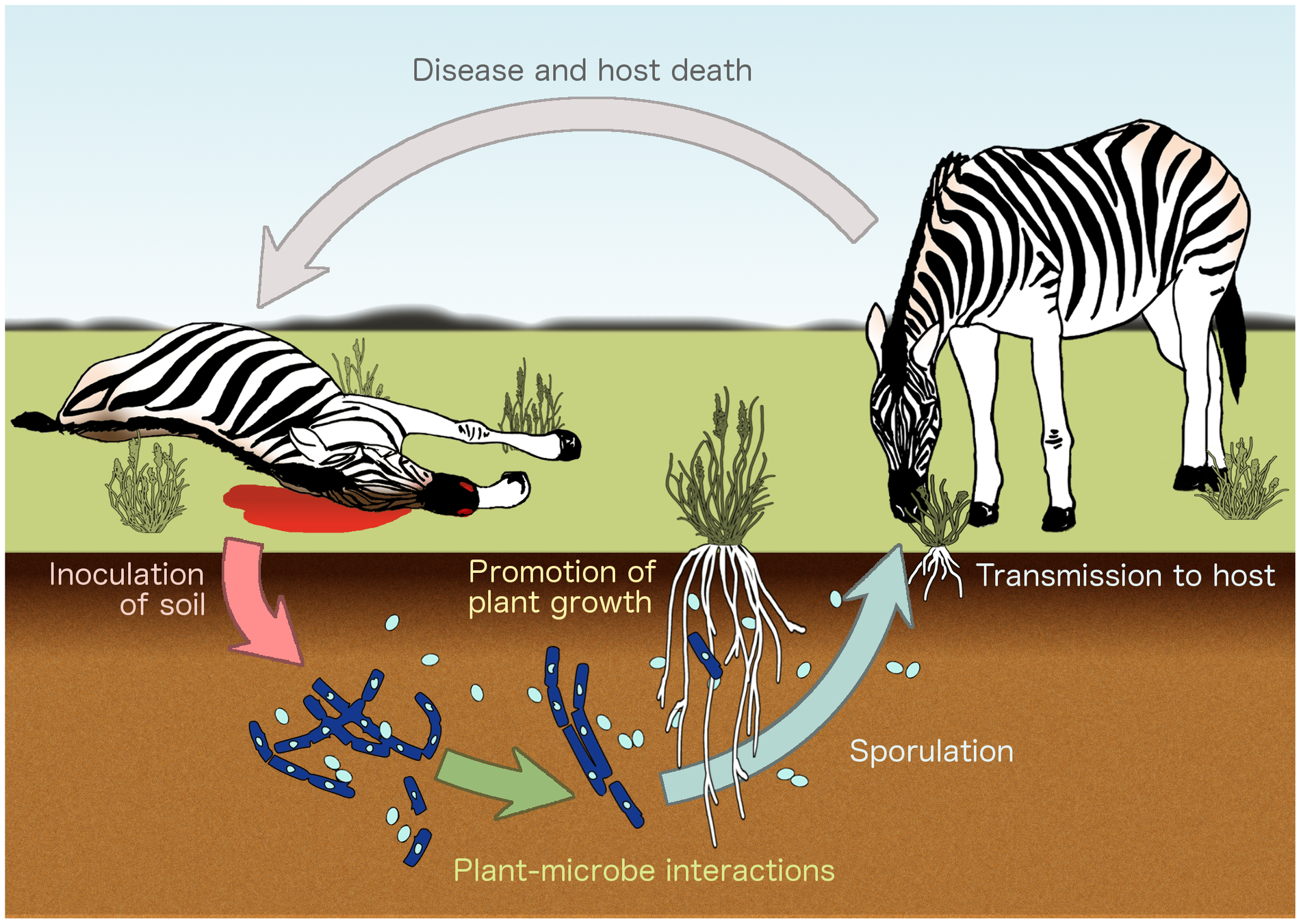
Ganz et al. PLoS NTD 2014
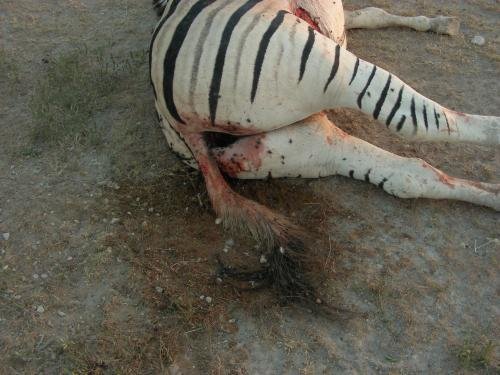
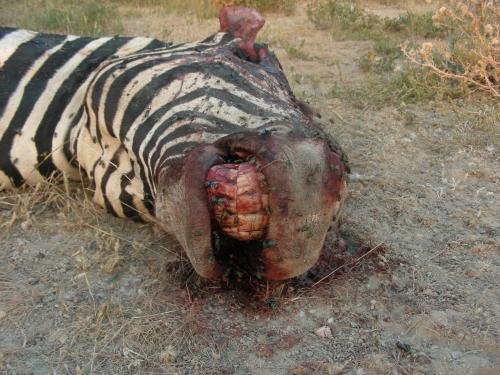
Measles vs. CWD or Anthrax
Environmental perisistence
S
I
R
Measles
S
I
R
Environmental persistence
E
Individual hosts
Spatial process
Measles vs.
Hendravirus in Flying Foxes
Hendra Virus
Plowright et al. PRSB 2011
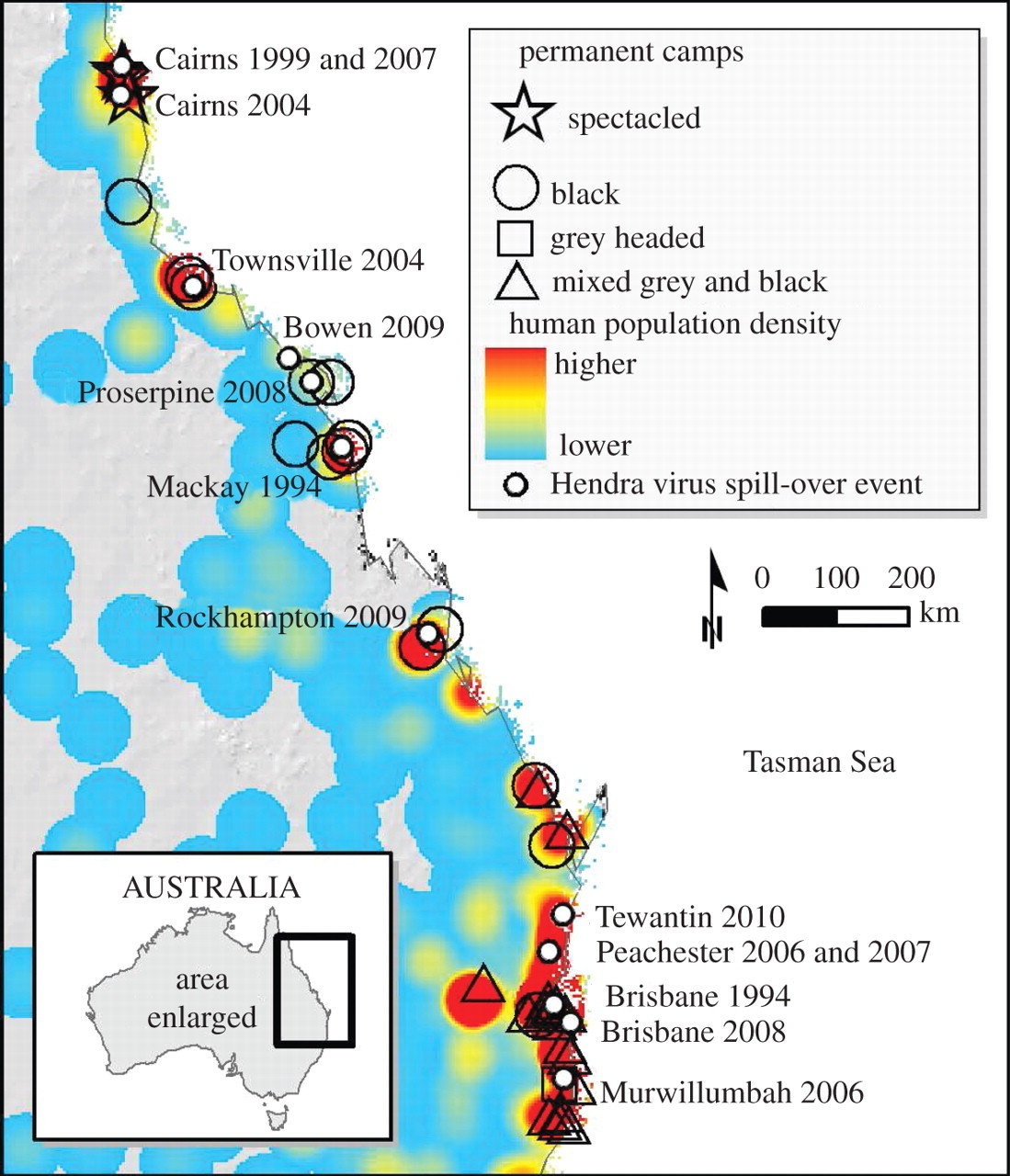
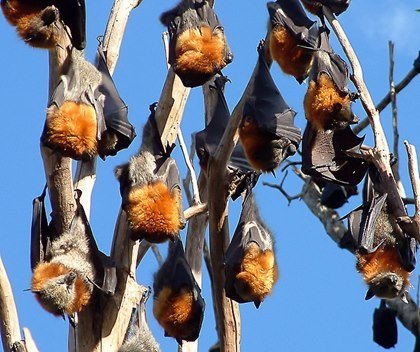
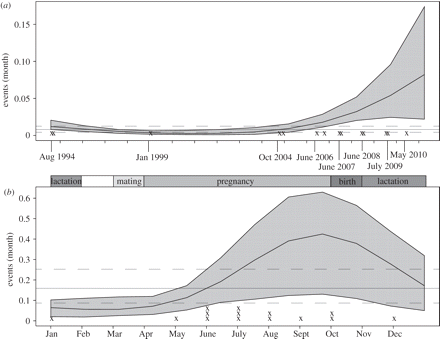
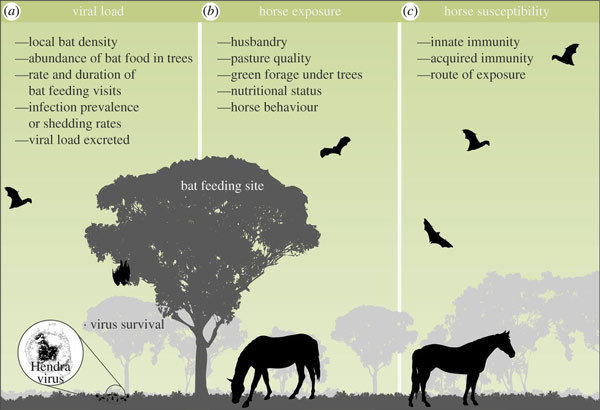
Plowright et al. PRSB 2014
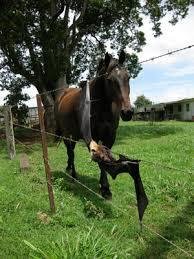
Measles vs. Hendra Virus in flying foxes
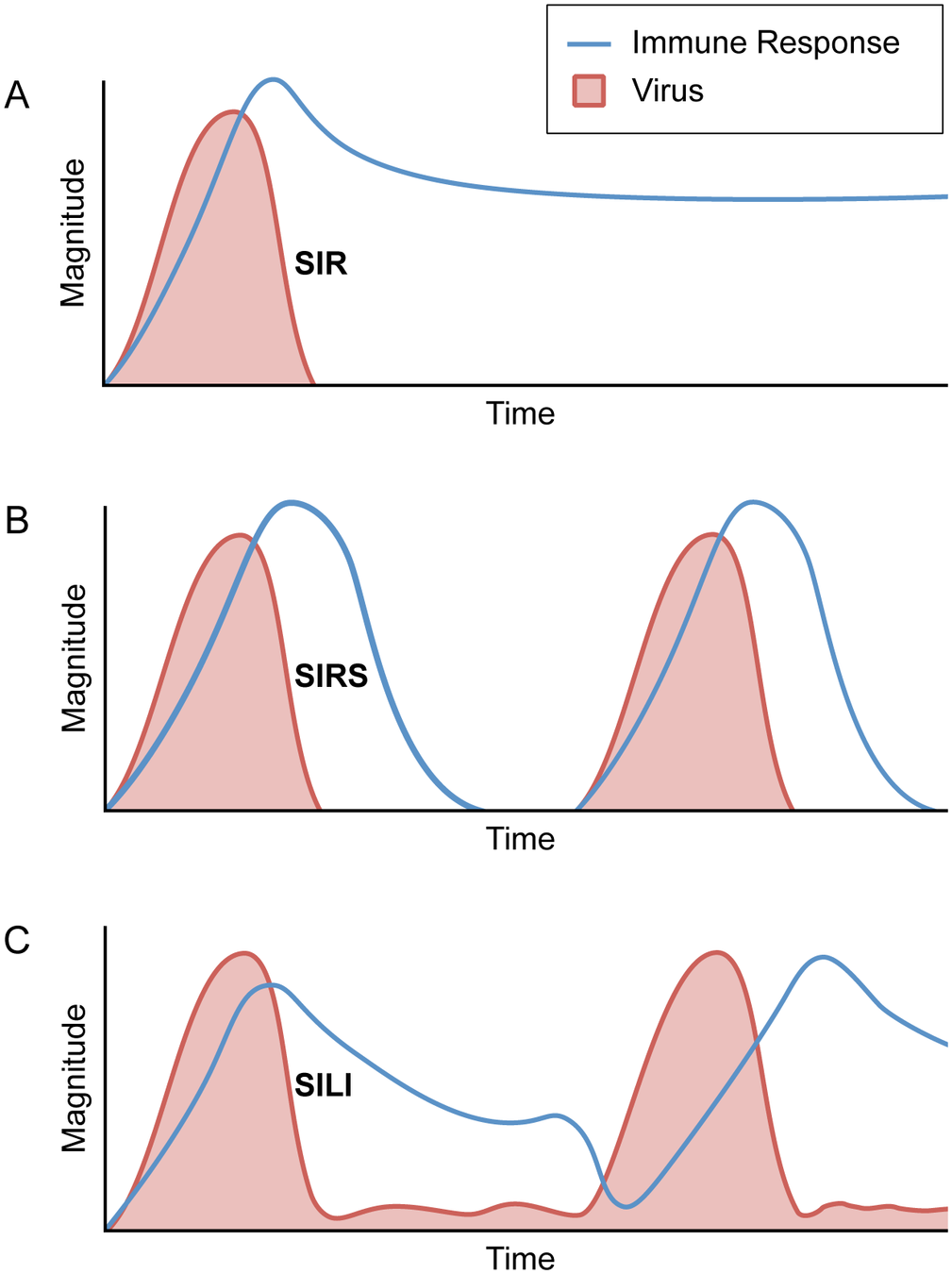
Plowright et al. PNTD 2016
Chronicity / Latency
S
I
R
Measles
days post-infection
pathogen load
Hendra
Measles vs.
Avian influenza
Avian influenza
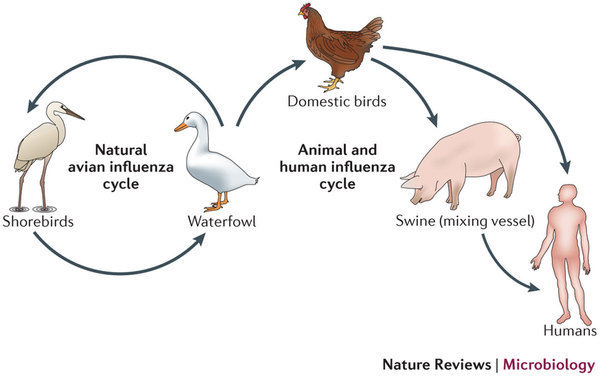
Avian influenza: Drift and Shift
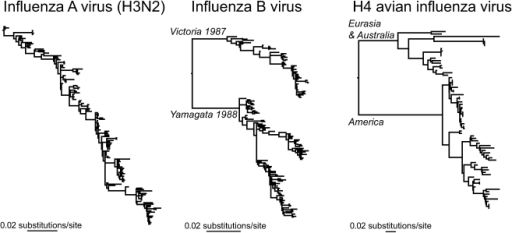
Holmes & Grenfell, PLoS Comp Biol, 2009
Antigenic DRIFT
Same hemagglutinin,
neurmidase
Antigenic SHIFT
Recombine hemagglutinins, neurimidases
Measles vs. Avian influenza
Evolutionary dynamics
S
I
R
Measles
S
I
S1
Avian influenza
Building conceptual models
1. Epizootic Hemorrhagic Disease / Bluetongue
2. Contagious Bovine Pleuropneumonia
3. Malignant Catarrhal Fever
4. West Nile Virus
5. Lyme disease
Identify key STATES and TRANSITIONS for each system
Disease Ecology Overview
By Kezia Manlove
Disease Ecology Overview
- 1,337



